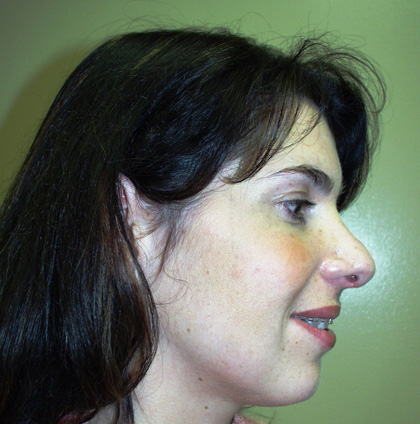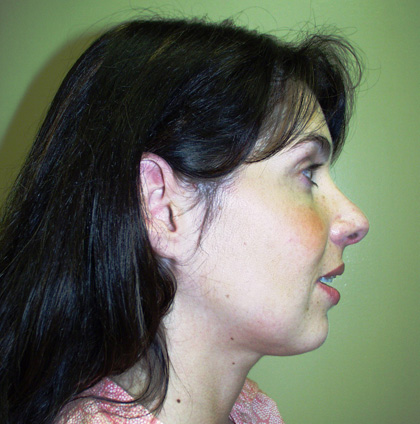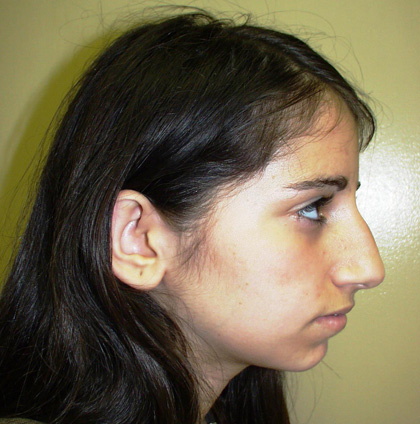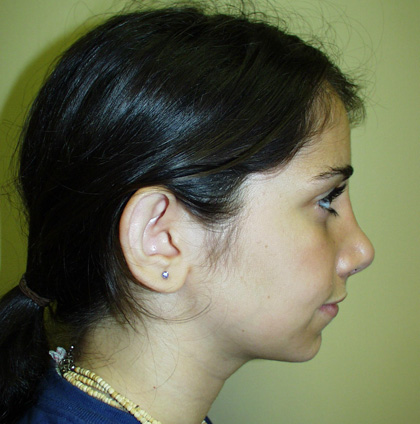Rhinoplasty
Appearance of the nose can be improved for those people who are dissatisfied with the shape or size of their nose. Nasal reconstruction was one of the first cosmetic procedures ever developed. Today, rhinoplasty is a common cosmetic procedure in which deformities of the nose are corrected by removing, rearranging or reshaping bone or cartilage of the nose.
WHY DO PEOPLE CHOOSE TO HAVE RHINOPLASTY?
Common reasons to have a rhinoplasty include reducing the size of the nose, removal of bumps as well as improving the angle of the nose. Conditions may be natural or due to external trauma to the face. The operation may help with nasal breathing and the operation can be performed on all age groups including teens and the elderly.
Prior to surgery, a medical history along with a careful examination is conducted in order to evaluate your general health. Next, we will discuss with you the way your nose will look in relation to your other facial features. Digital photography and computer imaging allow us to determine the appropriate procedure to achieve the desired results.
 Before
|
 After
|
 Before
|
 After
|
WHAT HAPPENS DURING RHINOPLASTY SURGERY?
Rhinoplasty is usually performed under general anesthesia. First, the skin of the nose is separated from the underlying skeleton of bone and cartilage. The bone and cartilage are reshaped and the skin is redraped over the surface. Patients who have a deviated septum may benefit by correction of this problem at the same time.
The incisions are placed inside the nose and sometimes a small incision is made on the undersurface of the nose on skin between the nostrils. In cases of wide noses, I sometimes make an incision at the junction between the nose and skin of the upper lip to narrow the nose. It is not unusual to combine rhinoplasty with chin augmentation to improve the profile.
HOW LONG DOES IT TAKE TO RECOVER FROM RHINOPLASTY?
The recovery is anywhere from two weeks to a month. Most people resume their normal activities within 2 weeks. Following surgery, a lightweight splint is applied to maintain the new shape of the nose. The splint is removed after one week. Internal splints may be inserted to protect the septum and may be removed after one week to 1o days. There is always some nasal stuffiness following surgery that persists for a few weeks.
Pain is usually minimal and patients are given medication as needed. Bruising can occur around the eyes and can last one to two weeks. Swelling is common following surgeryand, in some cases, can take several weeks to go away. In many cases, the final result is not completely obtained until 6 months following surgery whe all the swelling has finally resolved!
For more information about a rhinoplasty visit https://www.drmorrissette.com
